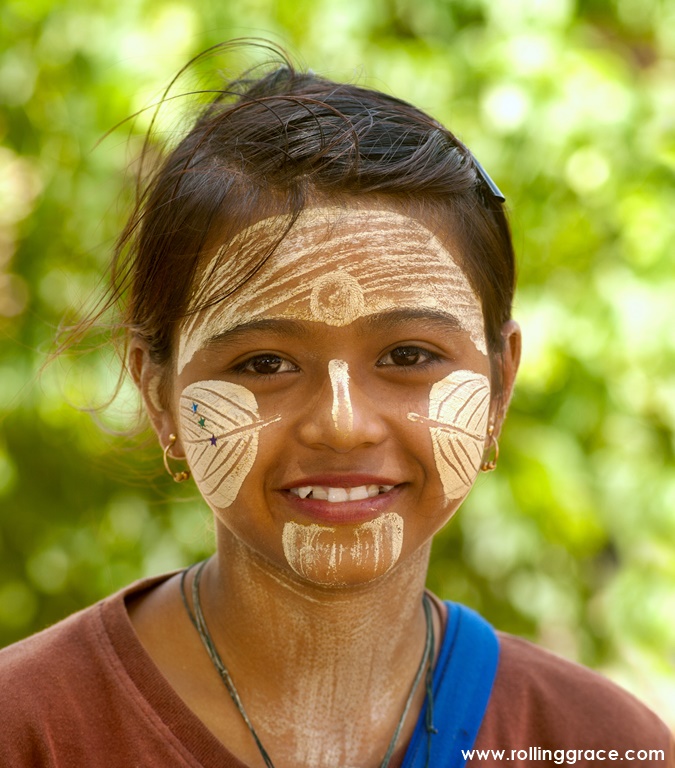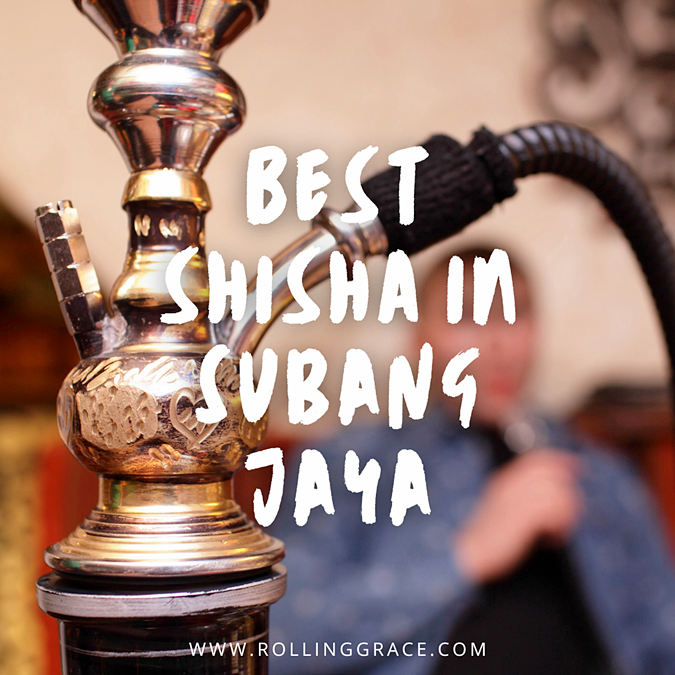Why Do Burmese Women Paint Their Faces?
Picture this: you've arrived in Myanmar, a land where the sun gently kisses the earth and vibrant splashes of red adorn the ground. The local women, their faces painted with entrancing designs, welcome you into their enchanting world. What is the secret behind these captivating patterns gracing their cheeks? Is it an ode to beauty, a hushed hint of ancient medicinal knowledge, or perhaps a quiet celebration of tradition passed down through the generations?
Nestled within Myanmar's many wonders is the art of thanaka—a precious blend of practicality, beauty, and age-old tradition. This captivating practice sees women and children skilfully applying a mixture of ground bark and water to their faces, creating a myriad of mesmerising designs. With each stroke, a story unfolds—one that carries whispers of unwritten history that beg to be explored.
Read also: How to Apply for Myanmar Visa in Malaysia
Table of Content
Why Do Burmese Women Paint Their Faces?
Thanaka: The Burmese Way of Beauty
Known as thanaka, the yellowish-white substance is derived from the barks of the Murraya tree. It has been used for over thousands of years in Myanmar as cosmetics – simply by grinding the barks into a paste that is applied onto the face in patterns deemed the most appealing for each individual. On top of that, thanaka is also loved for what is claimed to be its protective properties. It is used day-to-day as natural sunscreen to dutifully shield the skin from harmful UV rays and the sweltering weather.
This form of beauty is perhaps what makes Myanmar so incredibly unique. While many
native cultures are on a brink of extinction, the usage of thanaka is fortunately still widely practiced among Burmese women, children and a large number of men. It has become a part of the Burmese way of life, effectively distinguishing the country from the rest of Indochina. Nevertheless, the application of thanaka can be marginally observed in Thailand, Vietnam and Laos, to which the practice has spread to.
 |
| Young Burmese boys with thanaka face painting in Kyaikto |
History of Thanaka
Take a step back in time and journey through pages of history etched with the golden hues of Thanaka—a time-honoured adornment that has graced the faces of the Burmese for over 2,000 years. This venerable cultural emblem traces its roots back to the rise and shine of the Bagan kingdom, where queens and commoners alike embraced this refreshing beauty elixir.
Crafted from the fine-ground bark of the Thanaka tree—a native plant that flourishes in the arid lands of Myanmar—this golden paste not only cooled the skin in the scorching Burmese sun but also emerged as a symbol of immaculate beauty. Over the centuries, its reputation seeped into cultural norms and everyday life, transforming it from merely a beauty accessory to a cherished tradition—mirroring the very heart of Myanmar's soul.
Making of Thanaka
The paste is made by grinding the bark with a small amount of water on a kyauk pyin - a circular slate slab. The barks can very commonly be found and the grinding process usually takes place at home. Ready made paste, however, are becoming increasingly available as technology gradually takes over the way things are produced in Myanmar.
 |
| Thanaka is derived from the barks of the Murraya tree |
 |
| Thanaka is made by grinding the bark with a small amount of water on a kyauk pyin |
Thanaka Application and Styles
The paste is customarily applied to the face in the form of circular patches on the cheeks. Those with more distinct patterns will instantly catch the eyes of curious passers-by, whether in stripes or playful zigzags. The product bears the subtle fragrance of sandalwood while containing active ingredients such as coumarin and marmesin that makes it highly effective although completely unprocessed.
 |
| An elderly Burmese woman with thanaka face painting smoking a cheroot cigar |
 |
| A Burmese toddler with beautiful thanaka painted in the shape of leaves |
 |
| A Burmese girl wearing thanaka face paint in distinctive patterns |
Heading to Myanmar? Get ready to be wowed by the countless fascinating and intriguing Burmese cultures.
Don't forget to share your travel & dining moments with us on Instagram by tagging @rollinggrace or #RollingGrace. Happy travelling!










interesting story.. I never know abut this before.
ReplyDeletethank you for sharing this
Ok thanks for sharing. Now I know why I could see so many of them are proudly painting their faces with Thanaka. It is quite unique though, just like what you have said.
ReplyDeleteWah! Macam ni mesti produk kosmetik tak laku kat sana kan... tapi bole je buat krim guna formula mcm tu ya tak hihi...
ReplyDeletei know about thanaka because its viral once in malaysia. but never know how it made. very informative thanks ya
ReplyDeleteTu ada juga budak lelaki yang conteng muka mereka hehehehe.... Kita nak conteng juga boleh tak wakakakakak...
ReplyDeleteBaru tahu ianya dipanggil Thanaka. Thanks sharing info. Seronok dapat kenali budaya dan adat orang negara lain.
ReplyDeleteOhhh ni ke bedak sejuk thanaka yg viral dulu.. Hehehe... Nampak menarik laa... Seronok juga dapat tahu sikit2 mengenai cara hidup org negara lain ya
ReplyDeletemenarik betul perkongsian ni. saya pun baru tahu mengenai ni.Paling best dapat belajar pasal culture sukukaum lain.
ReplyDeleteTeringat masa Nora Danish jual Bedak Sejuk Taté ni. Viral tau. Ramai beli. Kayu Tanaka dalam bahasa lain dari pokok Sandalwood. Memang best! Masa akak pakai dulu, jerawat memang tak muncul. Hahahaha. Rasa nak cari la, ada lg ke jual. Hahahhaa.
ReplyDeleteFabulous land to visit, people were so friendly, scenery brilliant, pagodas' breathe taking.
ReplyDelete